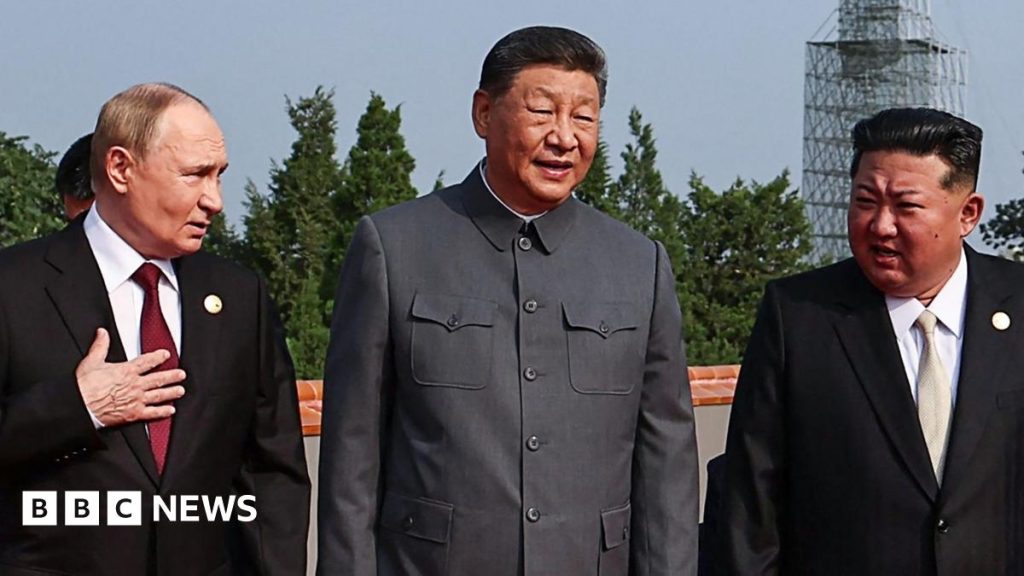China ‘Going All the Way’ with AI and Drones in Warfare
Recent military parades in China have showcased an ambitious leap in the integration of artificial intelligence (AI) and drones into modern warfare. This technological pivot marks a significant evolution in military strategy, demonstrating China’s intent not only to augment but potentially to replace traditional military structures.
Groundbreaking Drone Technology
Among the eye-catching innovations displayed was the AJX-002, an impressive submarine drone measuring up to 20 meters in length. This technological marvel is designed for underwater operations and is capable of carrying nuclear payloads, signifying a serious leap in both offensive and defensive capabilities. Despite its size, its stealth and agility could render it a formidable asset in naval warfare, capable of evading detection while executing complex missions.
The "Loyal Wingman" Concept
Additionally, China unveiled stealth attack drones dubbed "loyal wingmen." These drones are engineered to accompany manned fighter jets, enhancing their operational efficiency during aerial engagements. This symbiotic relationship between human pilots and autonomous machines reflects a growing trend in modern militaries—the seamless coexistence of human and machine. As these drones assist in attack strategies, they could provide a tactical advantage by extending the combat range and capabilities of traditional aircraft.
Robotic Wolves: The Future of Reconnaissance
A more intriguing showcase was the display of "robotic wolves." These innovative creations are designed to serve a multitude of roles, from reconnaissance missions to hunting enemy combatants. Their agility and adaptability could revolutionize ground warfare, acting as both a front-line scout and an offensive tool. Experts suggest that these robotic units may also engage in tasks such as mine detection, expanding their utility on the battlefield.
Lessons from the Ukraine Conflict
The display of advanced drones and AI systems indicates clear lessons learned from recent conflicts, particularly the war in Ukraine. Analysts have noted that the successful use of drones in Ukraine has demonstrated how they can be deployed en masse to wear down enemy defenses. Defense analyst Michael Raska emphasizes this shift, stating that China perceives drones as critical assets in a new kind of warfare where sheer volume can overcome traditional military might.
The Role of AI in Decision-Making
The rapid pace of conflict necessitates swift decision-making—often within mere milliseconds. Military expert Alexander Neill highlights the urgency of the “kill chain,” where the ability to quickly process data and make decisions can be the difference between victory and defeat. AI plays a crucial role here, offering capabilities that far surpass human decision-making speeds. This technological advantage could provide Chinese forces with the ability to outmaneuver opponents effectively.
Concerns Over AI Integration
Despite these advancements, there remains a palpable sense of unease among many nations regarding the deployment of AI in military systems. Questions abound about the ethical implications of relying on autonomous systems in lethal decision-making processes. As nations grapple with these profound questions, China appears more comfortable with embracing AI fully. Raska points out that Chinese leadership believes in their capacity to control AI integration within their military frameworks.
A New Era in Military Strategy
China’s military parade has underscored its ambition to create a well-oiled machine of drones and AI that complements its human soldiers. The potential of these technologies marks a paradigm shift in military strategy—an era where traditional combat may be increasingly overshadowed by advanced robotics and machine learning. As China continues to invest heavily in these areas, the balance of global military power may shift in ways we are only beginning to understand.

